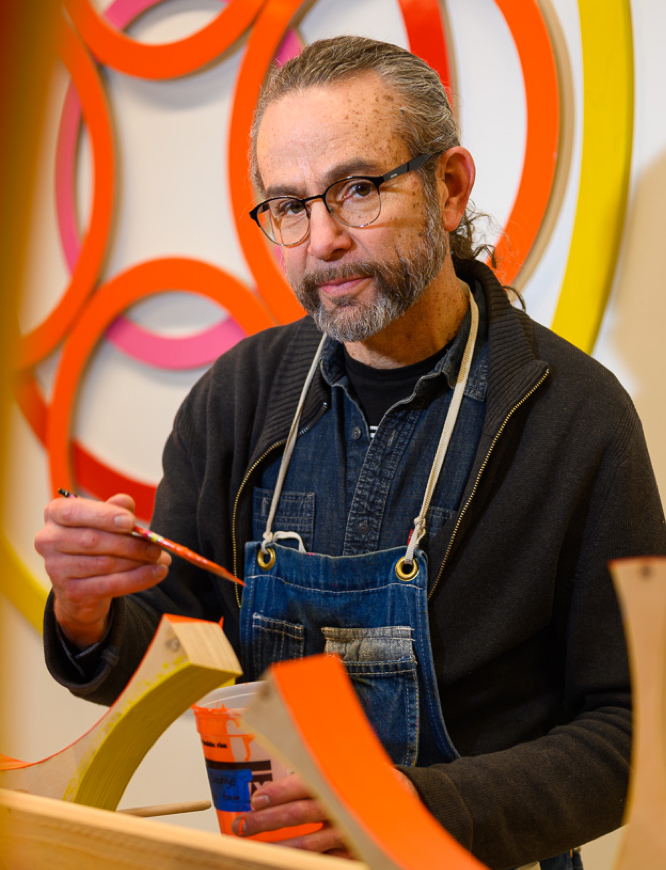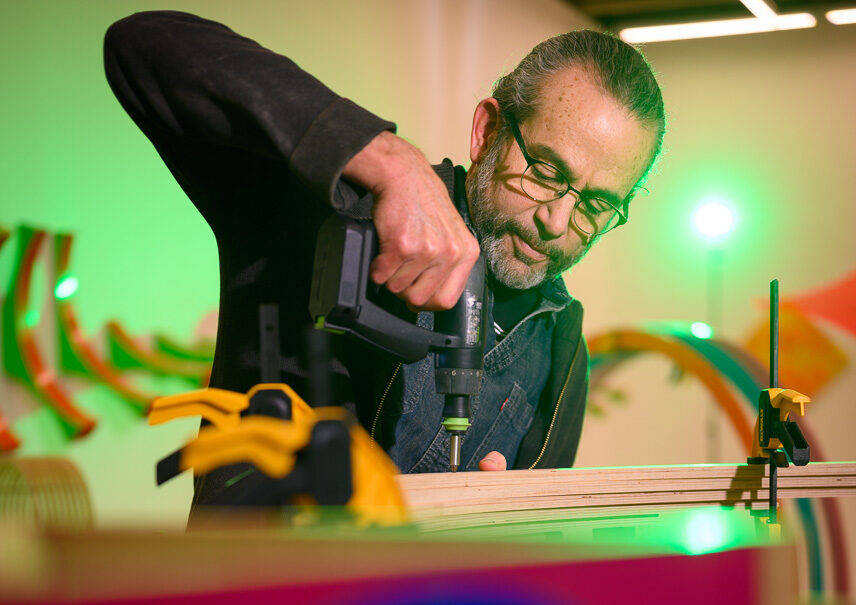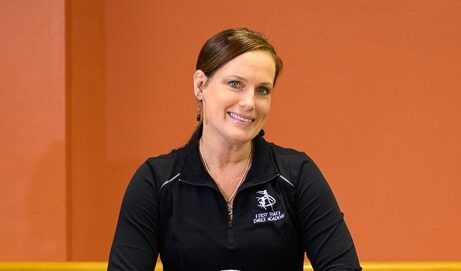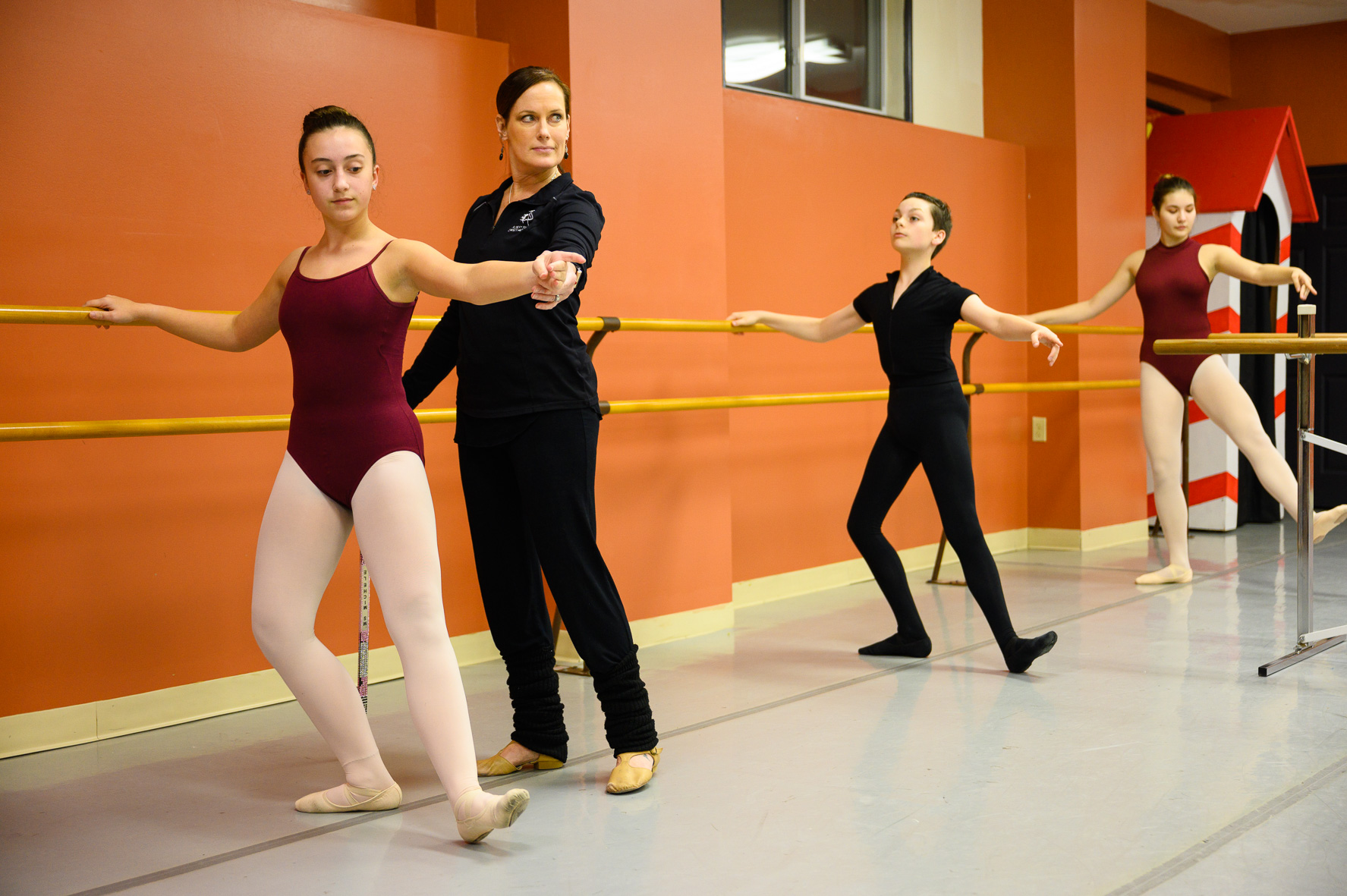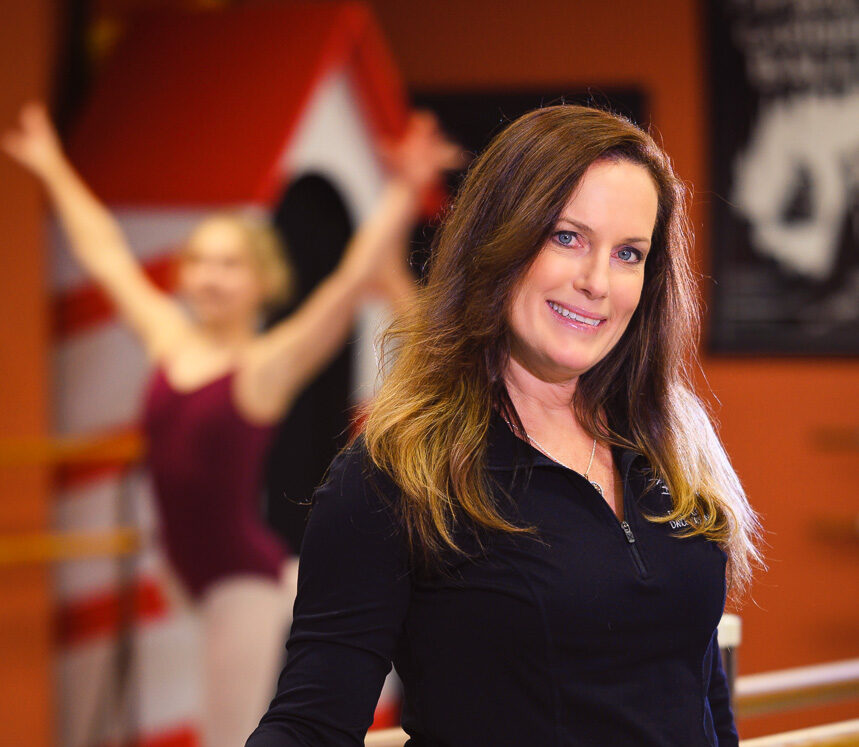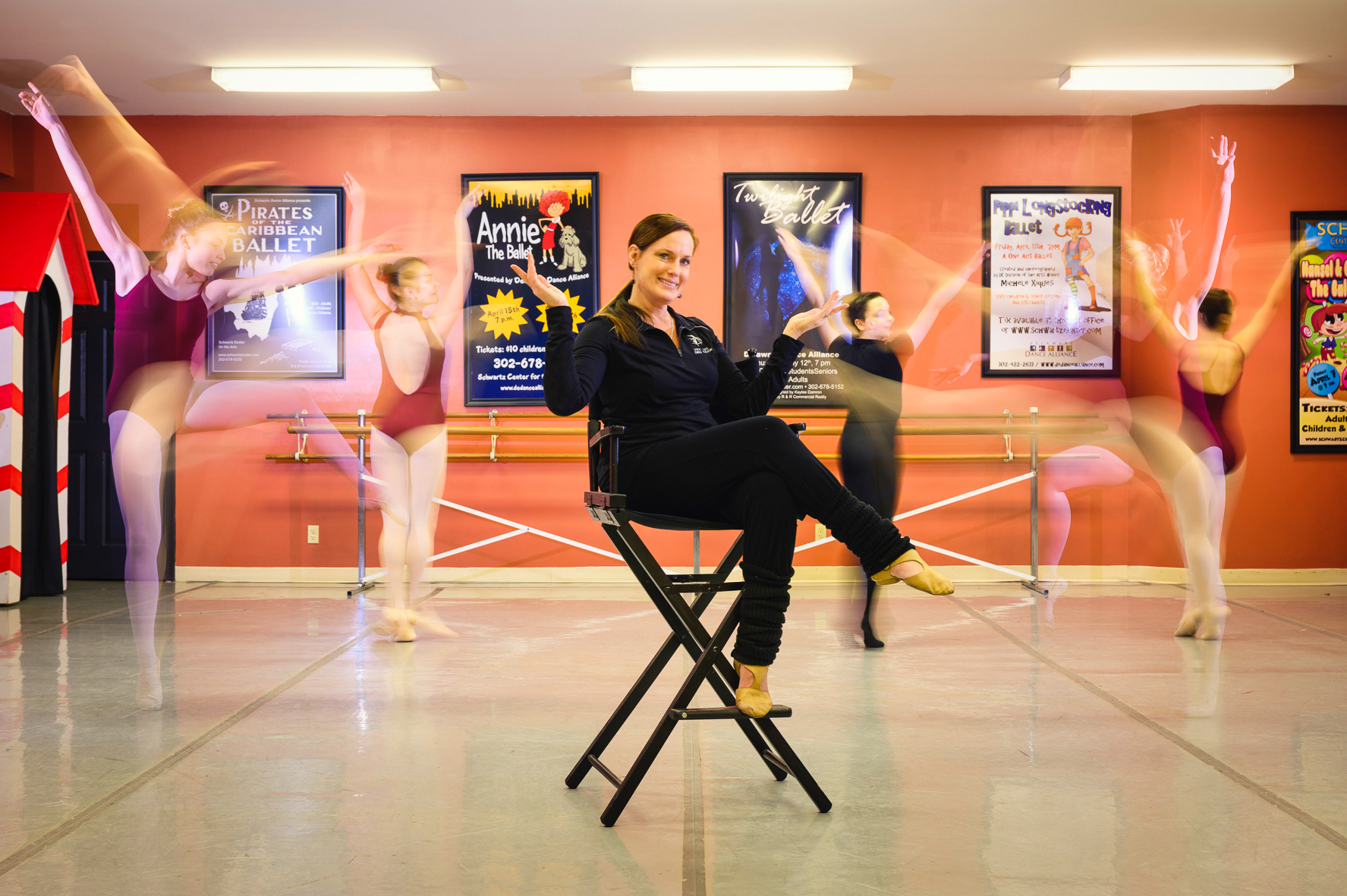Shakira Hunt: An Artist’s Journey
Shakira Hunt: An Artist’s Journey
The Artist’s Way
Delaware artist Shakira Hunt has found a way to turn creativity into a career in her home state.
As a child, Shakira Hunt didn’t waiver when someone asked her what she wanted for Christmas. “I was always asking for art supply kits,” she recalls. “I wanted to be expressive in some creative form.
The budding artist longed to put her indelible imprint on a project, and change was welcomed, not feared. Perhaps that is because she watched her mother continually rearrange household items and furniture to improve a room’s aesthetic. “It rubbed off on me, and I grew more curious as I got older, which led me to explore design on a professional level,” Hunt says.
Today, she owns Shakira Hunt Creative Studio, which offers digital imagery, videography and creative direction — as well as interior design. Her specialty is branding for Black women entrepreneurs, but she also pursues personal projects, such as the series “Give Me My Flowers,” which examines masculinity.
In many respects, the exhibition is the sum of her creative experiences. Hunt’s path to entrepreneurism is part planning, part talent and part serendipity.
Following the Muse
Hunt spent most of her childhood in the city of Wilmington but moved to Newark in middle school. She studied technical drawing at Delcastle Technical High School in Wilmington, which was as close as she could get to a design curriculum. At Delaware Technical and Community College, she took more architectural and civil engineering classes.
While watching a TV show about a Pratt Institute student, Hunt realized that art school was a possibility. She wasted no time learning more. “I Googled art schools near me, and the first one that came up was the Delaware College of Art and Design,” she says. “It was within reach; it was easy to get to, and it was small enough that I could explore art deeply.”
After graduating from the two-year program, she continued her education at Moore College of Art and Design in Philadelphia. A three-month internship turned into a year with the promise of a job. When the position fell through, Hunt was back in Delaware.
Back in her home state, she secured a position with an architectural firm. The only female designer, she participated in the company’s rebranding, before moving into health care work, which wasn’t a good fit.
“I had to go back to childhood again and ask myself what excited me,” she says. “It was art. It was creativity.”
Behind the Lens
Hunt began exploring photography while listening to podcasts about people with the courage to leave 9-to-5 jobs to pursue a passion. She wanted to use photography to illustrate a brand and a culture. Webinars and YouTube provided an education, and she studied the work of other creatives and photographers.
With Shakira Hunt Creative Studio, Hunt found the happy intersection of design and photography. “I love both. There’s so much of a crossover,” she says. For her photographs, she often creates sets, which is exemplified by the “Give Me My Flowers” series.
She started the project in the early days of the pandemic when she longed to go outside. “It turned into an entire body of work, and I was granted an exhibition to support that work,” she says.
The series explores the juxtaposition of masculine and feminine energy in Black men. For her first shot, she recreated a set on a basketball court with crushed paper and household items. Her subject was a masculine man who was comfortable showing vulnerability. It made her realize that she’d had relationships with men who were the opposite; they were emotionally unavailable.
Two subjects photographed in London are LGTBQ men from the Caribbean, where there is a stigma about being gay, particularly if you are Black. Most of the models were open to direction, but she met resistance when she photographed her “hyper-masculine” family members.
The solo exhibit at The Delaware Contemporary is an example of collaboration in the art community. A creative with a streak of common sense, Hunt quickly learned who was who in Delaware’s art-and-design space, which is easy to do given the state’s size. “I want to expand and be better, and I want someone to learn and benefit from my skill and experience,” she concludes.
Delaware’s location has let her easily travel to different environs for work and inspiration. But, says Hunt, “I’m grateful that I can do that and come back to the place that I know and feel close and connected to.”


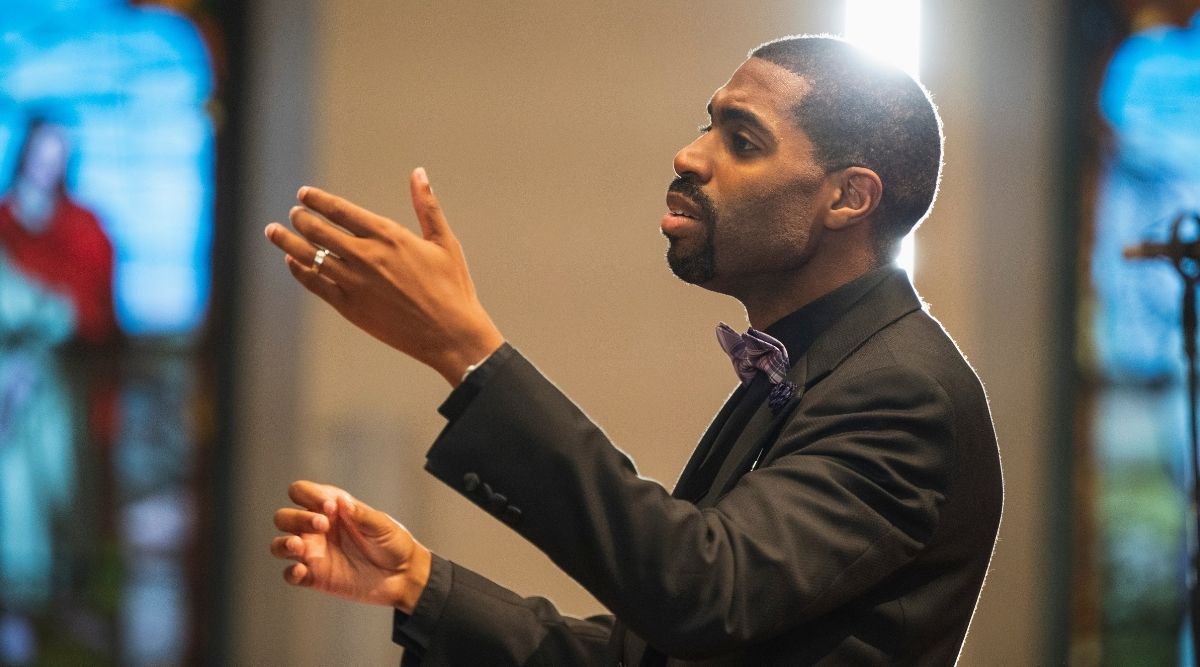
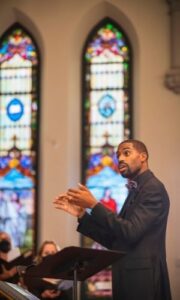 Harley-Emerson considers himself “lucky” that he gets to do the things he loves.
Harley-Emerson considers himself “lucky” that he gets to do the things he loves.